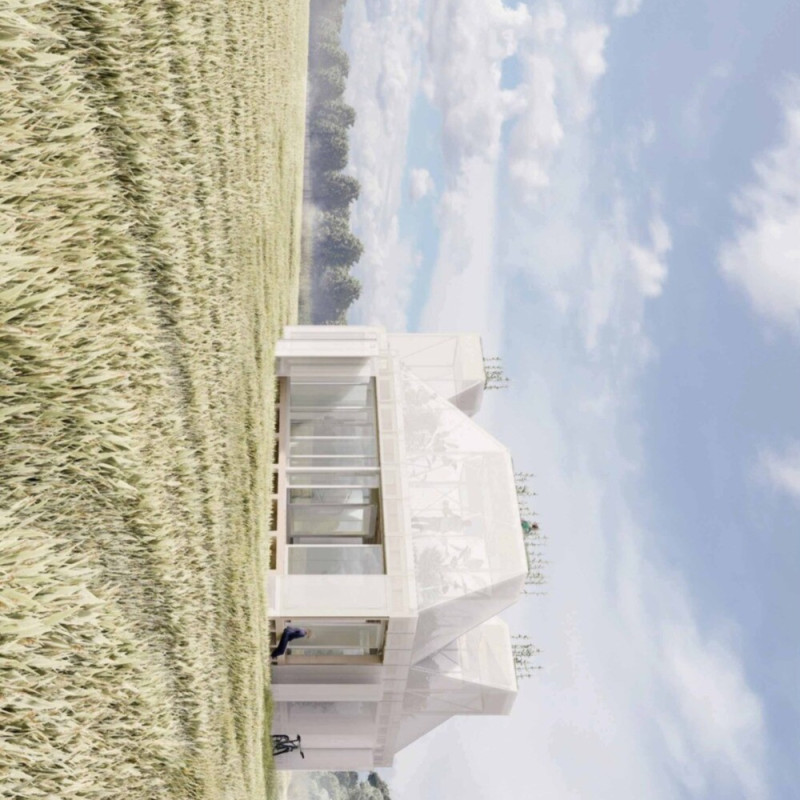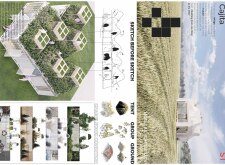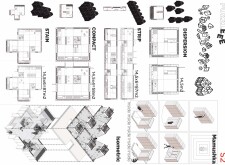5 key facts about this project
Cajita is a design that emphasizes adaptability and modularity in an urban context. It serves as a refuge, exploring how architecture can change based on the activities that take place within its spaces. The design fosters a relationship between the built environment and its users, allowing for continuous evolution and responsiveness to changing needs.
Modularity
The core of Cajita is its flexible modular system. This system enables the spaces to be shaped according to how people move and interact. The modular units are designed to be dynamic, changing their configuration as required by occupants. They are not static components but rather parts of a living environment, facilitating engagement and making optimal use of space over time.
Green Integration
Another important feature of Cajita is the inclusion of elevated green spaces. These areas enhance connections to nature and encourage urban biodiversity. By reinterpreting public spaces to incorporate greenery, the design promotes communal interaction. This decision enriches the overall environment, creating a relationship between architecture and nature that contributes to both function and aesthetics.
Water Conservation
An innovative approach to water conservation is also evident in the design. Each module incorporates systems for collecting and recirculating rainwater. This feature supports sustainability by nourishing green elements within the structure. The effective management of water resources reflects a modern understanding of environmental responsibilities, addressing concerns that are increasingly important in today’s world.
Community Engagement
Cajita emphasizes community involvement through designated areas for self-cultivation and exchange. These spaces allow residents to produce, buy, and sell goods locally. By providing a setting for social interaction and supporting local economies, the design fosters a vibrant public atmosphere. The inclusion of a fair and garden brings life to the building, highlighting how architecture can encourage community ties.
The design invites users to inhabit the space actively. It encourages movement and allows for reconfiguration, adapting to meet diverse needs. Each modular unit is capable of supporting different functions, demonstrating a thoughtful response to contemporary challenges in urban living. The result is a structure that is both functional and engaging, inviting ongoing participation from its users.






















































